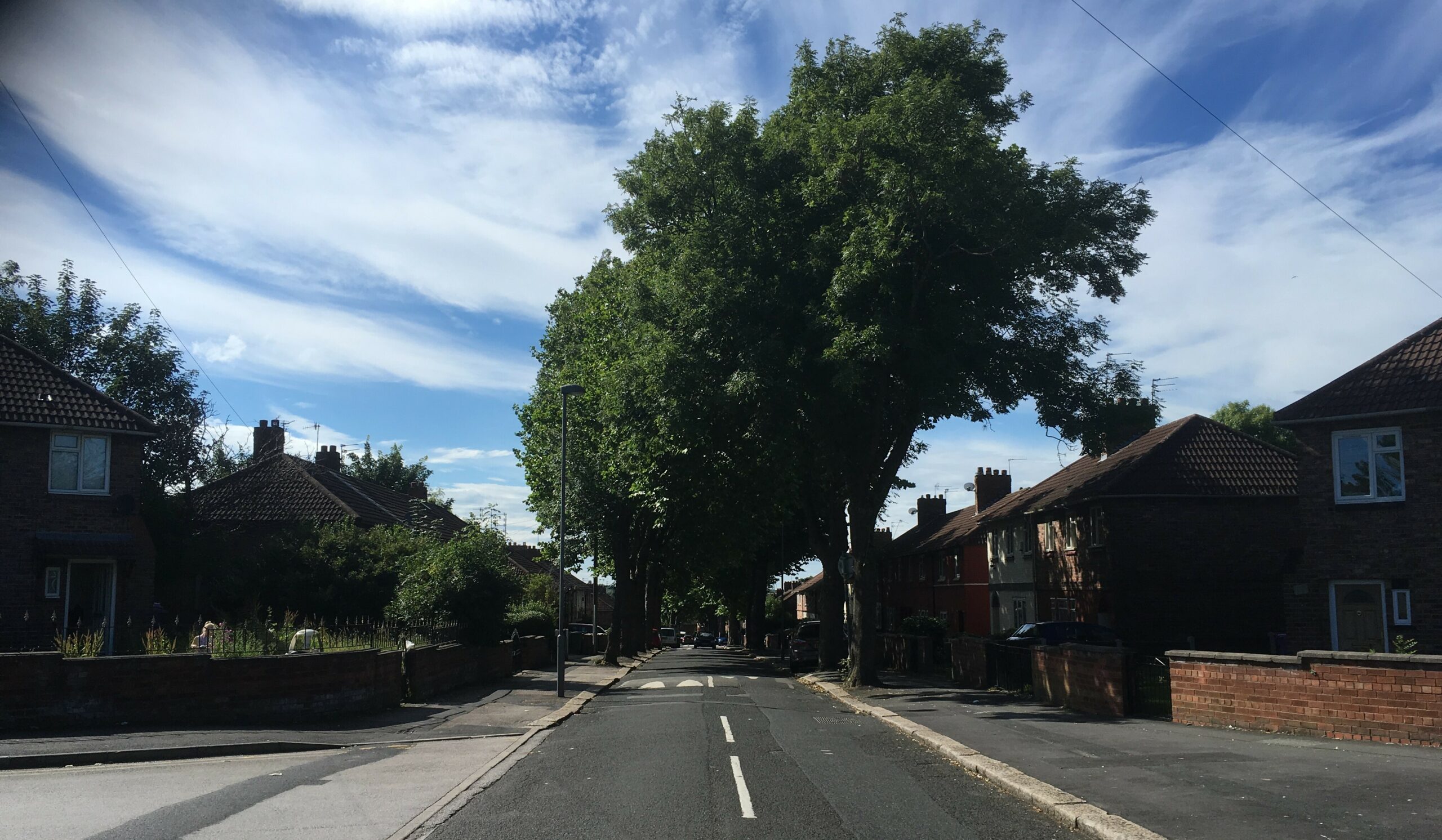Exposure to poor air quality is harmful to people living in disadvantaged areas.
How could we bridge the gap between communities, researchers and organisations to support action on air quality? Dr Jane Cloke, ARC NWC Programme Manager, explains.

In mediaeval London, the burning of sea coal was banned because of health concerns. In the 1600s, incidences of ill health associated with coal burning was well recognised. In the Victorian age, ‘offensive emissions’, smoke nuisance and pollution problems were largely as a result of fuel burning in homes and in industry. Then, it was smoke and sulphur dioxide that were the main pollutants, with the worst recorded episode being the Great Smog of 1952 where up to 8 thousand people died as a result. This led to the Clean Air Act, which established smoke-free zones and increased use of smoke-free fuels. More recently, transport – cars, buses, lorries, aircraft, trains, shipping – have become more prominent contributors to air pollution, with particulates, oxides of nitrogen, carbon monoxide, lead, benzene all having an impact on people’s health. More recently, Ella Kissi-Debrah became the first person in the UK to have air pollution listed as a cause of death. And the UN’s Special Representative on Human Rights and the Environment has issued an urgent call, saying that the UK has a ‘moral duty’ to improve its air quality.
During the 1990s, legislation required air quality plans and strategies to reduce any significant risks to health. Local authorities have an important role here, with Local Air Quality Management being their main tool for dealing with pollution hotspots. We looked at Local Air Quality Management systems that had been put in place in our North West Coast region between 2006 and 2016 and found that these had contributed to a reduction in emergency hospitalisations for respiratory conditions. We also saw a larger decrease in hospitalisation rates in more income-deprived neighbourhoods, meaning that Local Air Quality Management Areas represent an effective strategy to reduce inequalities in health.
Another approach that Local Authorities might take when deciding on and implementing solutions appropriate to local air quality conditions is community engagement, valuing local knowledge when establishing the issues in a particular locality. We reviewed what is known about the approaches that have been used to engage communities in addressing air quality. Most commonly, engagement aspired to raise awareness of air quality issues, to enable communities to drive action on improving local air quality, and to generate local knowledge of air quality to support environmental decision-making. Successful community engagement approaches present opportunities to embed lived experience and local knowledge of poor air quality, but whilst we found benefits for those that were engaged, very few studies evaluated the influence on local air quality or people’s health.
To resolve this gap in the evidence, we need to think through the pathway, from community engagement through to subsequent impact on air quality and health, and design studies to capture relevant information. Whereas some air quality measures have the potential to benefit health directly (e.g. respiratory conditions) additional health benefits may occur, for example changes to traffic flows leading to fewer road traffic accidents. We also need a systematic way of describing community engagement activities, for example by using a standard checklist, to benefit future reporting so that we can put relevant studies side by side to judge their effectiveness.